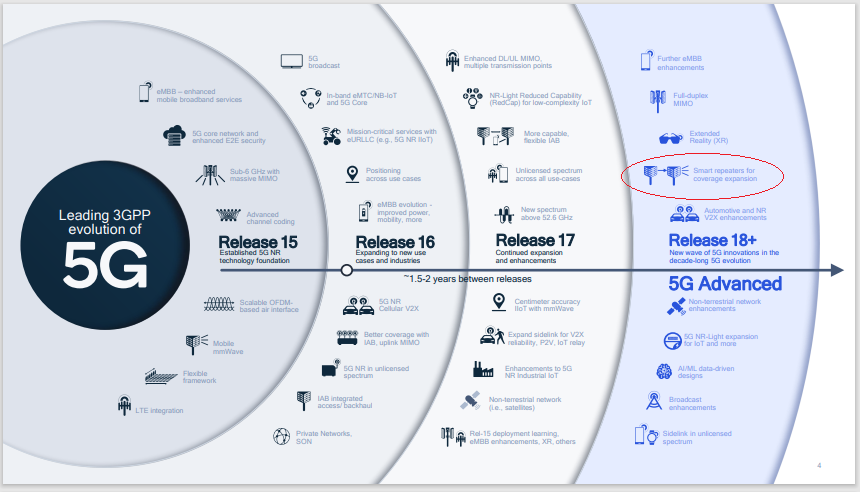In order to increase the data rate of cellular network, 3GPP defined a new set of radio frequencies for 5G NR and beyond. These radio frequencies are classified into two groups, FR1 and FR2 respectively. FR1 is also called sub-6 GHz band, which includes the traditional 3G/4G bands and new band in the 3.5 GHz spectrum. FR2 bands are 6 GHz and above, which also includes the mmWave band n261 in the North America at 28 GHz. For more details on 3GPP definition and evolution, please see reference [1][2].
The FR2 bands are designed to provide very wideband data transmission. For example, n261 provides a bandwidth of 400MHz, while n257 commonly used in the Asia Pacific region provides a total bandwidth of 800 MHz. Undoubtedly, in order to support the next generation high bandwidth and low latency applications, FR2 bands will play a very important role. However, radio propagation is restricted by path loss that is related to the carrier frequency. A doubling of the carrier frequency would theoretically lead to an increase of 6 dB in path loss. As a result of this loss, a 28 GHz 5G NR signal would require 20 dB more power than a 2.8 GHz 5G NR signal to reach the same coverage area. There are also more losses in terms of penetration and shadowing as the frequency increases.
[1] Teratempo’s white paper on 3GPP 5G Smart Repeaters
[2] 3GPP 5G Rel-18 presentation
